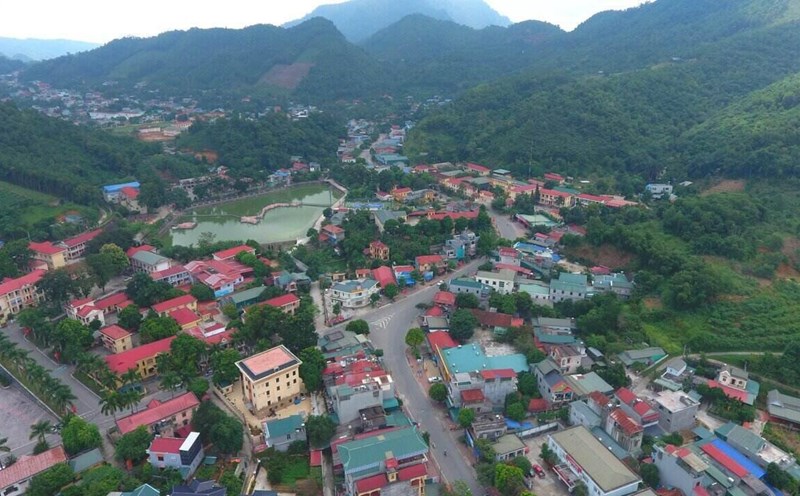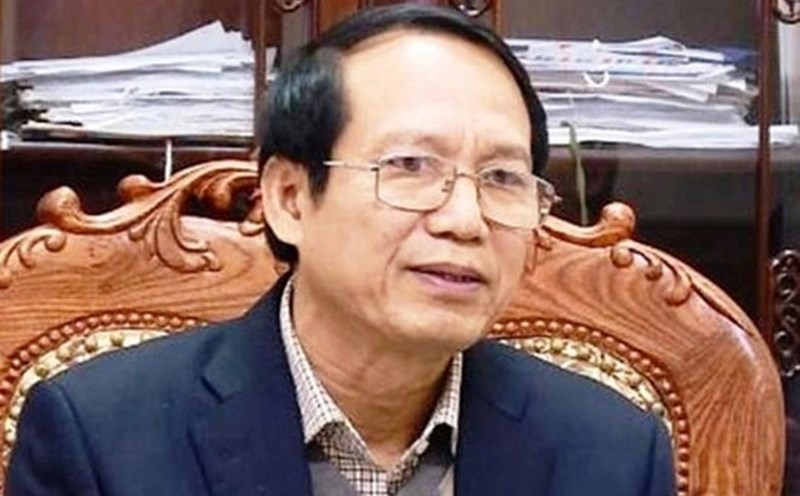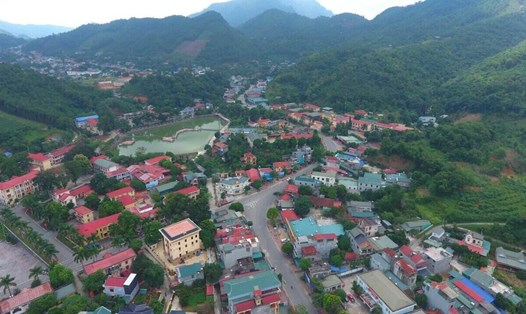On the morning of November 29, the National Assembly voted to pass the Law on Geology and Minerals. 446/448 National Assembly deputies participated in the vote in favor, accounting for 93.11% of the total number of National Assembly deputies.
Previously, presenting a Summary Report on the explanation, reception and revision of the draft Law on Geology and Minerals, Chairman of the National Assembly's Committee on Science, Technology and Environment Le Quang Huy said that regarding the classification of minerals (Article 6), receiving opinions from delegates, the draft Law has been reviewed, supplemented and revised with relevant regulations for this type of mineral in the regulations on State policies (Clause 3, Article 3); Exploitation of strategic and important minerals (Article 65); no auction of mineral exploitation rights for some strategic and important mineral areas (Clause 2, Article 100).
Explaining the opinions of delegates on the rights and responsibilities of localities, communities, households and individuals where geological and mineral resources are exploited, and accepting the opinions of delegates, the National Assembly Standing Committee found it necessary to stipulate more clearly on this content.
Accordingly, the draft Law has been supplemented in the direction of stipulating: Based on the situation of mineral activities in the area, the Provincial People's Council decides to promulgate regulations on the responsibility of organizations and individuals exploiting minerals to contribute funds to invest in upgrading, maintaining, and constructing technical infrastructure works and environmental protection works in the area.
At the same time, add Clause 3, Article 8 to assign the Government to provide detailed regulations for the Government to prescribe a number of contents such as: principles for determining collection levels, order and procedures for collection and payment to the state budget, management and use of revenue sources to ensure uniform implementation nationwide.
According to the above regulations, the decision on the collection level must be based on the situation and effectiveness of mineral activities in the province.
In case mineral activities in the area are ineffective, the Provincial People's Council will proactively decide to adjust this contribution to avoid negative impacts on the local investment environment.

Regarding mineral exploitation licenses (Article 56), there is a proposal to adjust the regulation that the licensing period is no more than 50 years and the extension period is no more than 15 years.
Regarding this content, the National Assembly Standing Committee said that international experience shows that mineral exploitation licenses are valid for a maximum of 30 years and can be extended for a number of years. This regulation is also consistent with the reality that the life cycle of mineral exploitation technology after 30 years is often outdated and also requires investment and innovation.
Point a, Clause 4, Article 56 of the draft Law stipulates that a mineral exploitation license is valid for no more than 30 years and can be extended multiple times, but the total extension period is no more than 20 years, for a total of 50 years, equal to the implementation period of a normal investment project as prescribed by the law on investment. In fact, many projects have completed exploitation and ended the project after 10 years.
In addition, the draft Law stipulates the re-issuance of mineral exploitation licenses in cases where the mineral exploitation license has expired (including the extension period) but there are still reserves.
Therefore, the Standing Committee of the National Assembly proposes that the National Assembly allow the retention of the provisions on the term of mineral exploitation licenses as in Point a, Clause 4, Article 56, and at the same time, proposes that the Government direct to ensure convenience and ease in license extension procedures.











